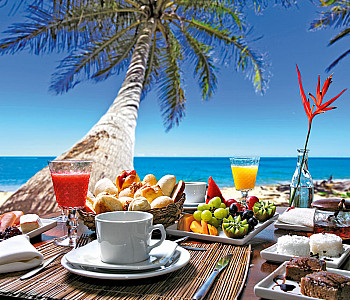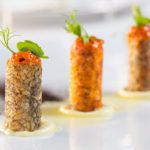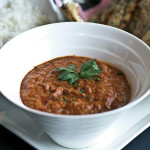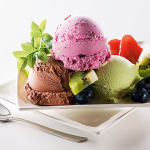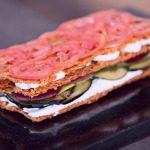Dining In Paradise
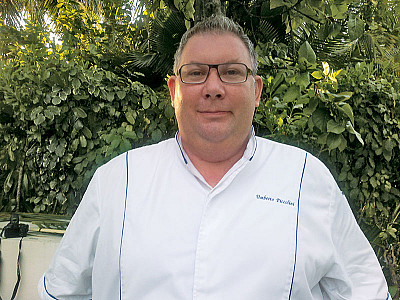
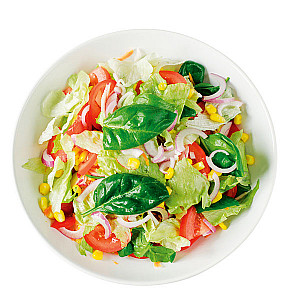
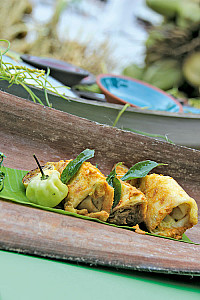
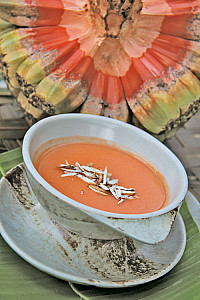
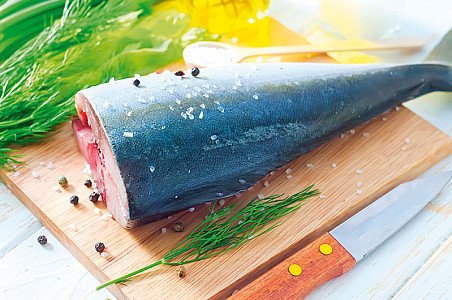
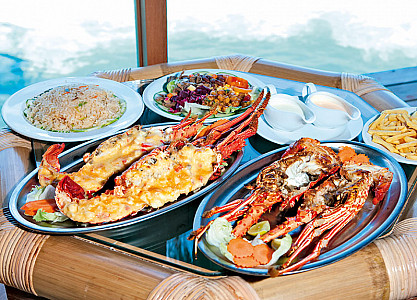
Shopping for dinner takes on a whole new meaning in this oceanic paradise where my only culinary implements are a fishing rod and net. Yes, it’s literally a dive and dine set-up tonight…. Welcome to the Maldives or Dhivehi Raje (The Island Kingdom); a row of coral atolls scattered across 500 miles of the Indian Ocean, famed for its virgin beaches, turquoise lagoons and endless strings of palm trees, where visitors pay top dollar to stay in high-end resorts that are a Mecca for scuba divers and offer the ultimate in luxury, rest and relaxation.
SEA-ING IS BELIEVING
I’ve come to this ‘Sea World’ extraordinaire to observe and relish the stunning coral reefs and abundant marine life. For such a tiny nation it’s heartening to witness their commitment to sustainable and eco-friendly tourist development. My host informs me of another amazing fact: with more than 99 per cent of the total area of this country being ocean, and with an average ground level of only 1.5 metres, it is the lowest country on the planet, making it a key candidate in the climate-change debate.
Over a thousand species of fish and other underwater creatures inhabit Maldivian waters. The monsoon tides of the Indian Ocean create a collection of small marine creatures as well as microscopic plant cells. This in turn creates a hub for all kinds of underwater species who gather in these waters lured by the abundance of food. In the Maldives you will get to see everything. From tiny shrimp and groups of colourful swimmers to the magnificent mantas and sharks; a careful eye will give you enough to enrapture you for a lifetime.
I drool over the freshest and firmest catch of the day from tuna, red snapper to green job fish and juicy prawns as well.
MALDIVIAN COOKING – A MASTER CLASS
My culinary interest is not just restricted to crustacean delicacies, but more importantly I am on a mission to study the art of Maldivian cooking. Like most island nations, fish and coconut milk are staples and I’m privileged to enjoy a master class at the evocative location of the Anantara Dhigu Resort with Chef Umberto Piccolini who is an expert in this cuisine.
The first lesson I learn is that most recipes feature skipjack tuna, either dried or fresh. Other favourite fish are little tuna or latti, yellow fin tuna or kanneli, frigate tuna or raagondi, big eye scad or mushimas, wahoo or kuruma and Mahi-mahi or fiyala. These are generally consumed in boiled or processed form. The processed tuna pieces are used mainly in pieces or in shavings. The raw or the still-soft processed tuna is sliced into half-inch-thick sections to make curries. Dry processed tuna is mainly used to make light bites called gulha, kavaabu and fatafolhi.
People here don’t have the tradition of eating raw fish, which sets their culture apart from that of most Pacific islanders.
Being a predominantly Muslim nation, pork products are a no-no although the high-end resorts have special permits to serve the same. Indian, Arabic, Sri Lankan influences are predominant in the cooking ingredients and style. We make a green job fish curry with onions, ginger-garlic paste, coriander seeds and red chillies much like our desi version. Vegetarians are surprisingly well catered to with drumstick curries, breadfruit vegetable preparations and banana flower sambhal to name a few. A delicious salad called copyfathu satani made from a local lettuce called copy leaf lettuce with onion, lemon juice, Maldivian chilli (tiny, green monsters!) and of course the ubiquitous coconut is a gourmet treat.
Snacking is a national pastime and the yummy snacks called hedhikaa, almost invariably fish-based and deep-fried, can be found in any Maldivian restaurant. Desserts? Frankly, I didn’t care for any. But with the warm waters of the ocean lapping against my feet I don’t think any other ending could have been as sweet.
MENU DECODER
All fish is referred to as mas. Tuna, which is the most popular, is called kandu mas.
Curry dishes on the menu are called riha and chapattis are known as roshi. Some other common dishes include mas huni, shredded smoked fish with grated coconuts and onions, the most common Maldivian breakfast.
Bambukeylu hiti – breadfruit curry.
Snacks called hedhikaa can be found in any Maldivian restaurant. Look out for items on a Maldivian menu such as bajiya (pastry stuffed with fish, coconut and onions), gulha (pastry balls stuffed with smoked fish), keemia (deep-fried fish rolls), Kulhi borkibaa (spicy fish cake), masroshi (mas huni wrapped in roshi bread and baked and theluli mas (fried fish with chili and garlic).
Related posts from Verve:
Verve Trending
Sorry. No data so far.
us on Facebook to stay updated with the latest trends

